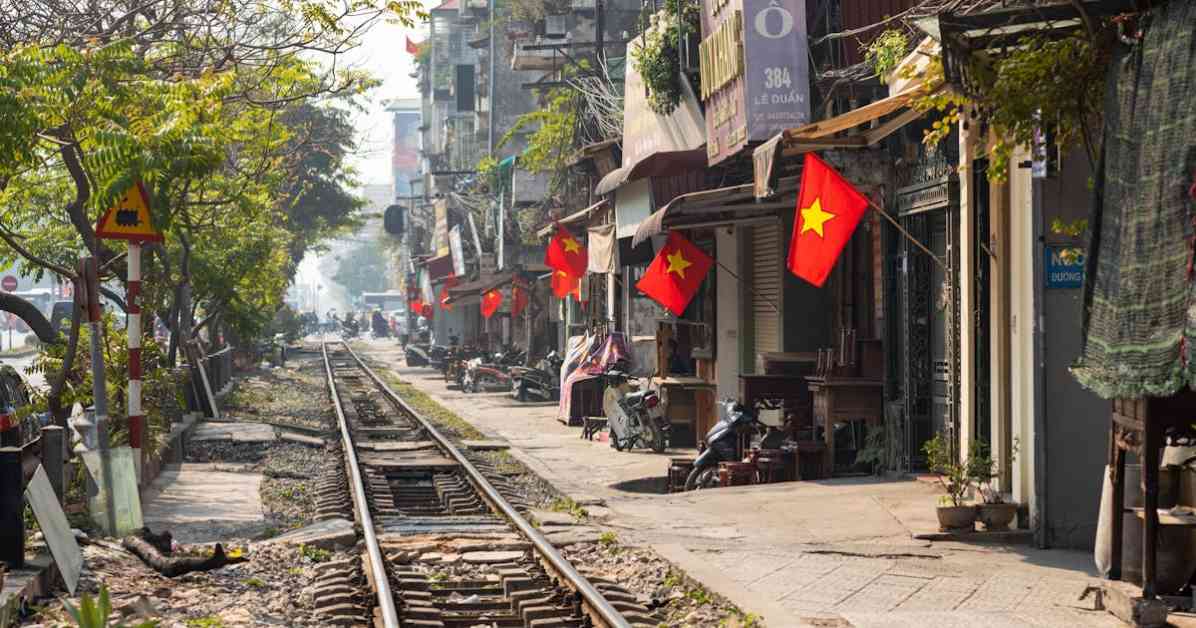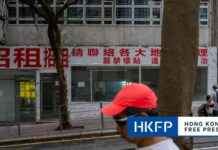China’s High-Speed Railway Diplomacy in Vietnam: A Strategic Analysis
The Vietnamese government made an announcement in April 2024 that it plans to kick off the construction of two high-speed railway (HSR) lines in collaboration with China by 2030. These proposed railway lines hold significant economic and strategic importance for Vietnam, as they aim to enhance transport connectivity with China, deepen economic ties, and position Vietnam as an industrial hub and investment destination in the region.
The Proposed High-Speed Railway Lines
One of the proposed routes will connect Haiphong, a crucial port in the north of Vietnam, to Lao Cai province bordering China’s Yunnan province, passing through the capital Hanoi. Another proposed route will link Hanoi to Lang Son province, which neighbors China’s Guangxi province. These high-speed railway lines are expected to traverse key manufacturing hubs and foreign direct investment (FDI) destinations in Vietnam.
The development of these HSR lines is part of the long-term plan to modernize Vietnam’s rail system and integrate them into an expanded cross-country railway network. The improved transport connectivity with China is anticipated to bolster economic cooperation in areas such as tourism, trade, and investment. By establishing passenger-dedicated lines, the existing cargo railways will be freed up to accommodate the growing trade volume and the influx of manufacturing activities relocating from China to Vietnam.
Economic Benefits and Strategic Implications
The new HSR lines are poised to play a pivotal role in enhancing Vietnam’s economic growth and positioning in the region. By linking up with China’s railway network, the HSR lines will facilitate the import of Chinese industrial goods and materials, further boosting trade relations between the two countries. Additionally, when integrated into the broader transport network across Southeast Asia, Vietnam aims to capitalize on better connectivity with regional markets and solidify its status as an industrial hub and investment hotspot.
Moreover, the Vietnamese government sees the HSR project as an opportunity for industrial upgrading and broader economic development, drawing inspiration from China’s successful experience with high-speed railways. China utilized HSR projects not only to acquire new technology and capabilities in the railway sector but also as a catalyst for wider economic activities along the railway lines.
Symbolism and Political Implications
Apart from the economic benefits, the HSR project holds symbolic significance for Vietnam. The ability to deliver economic growth has been crucial for the legitimacy of the one-party rule in Vietnam. The modernity and development symbolized by the HSR project are expected to bolster narratives of effective governance and competent leadership. As a regional leader, modernizing the national railway system serves as a means of status positioning for Vietnam both domestically and internationally.
However, there are potential challenges and risks associated with the HSR project in Vietnam. High-speed railway projects often face delays and cost overruns, raising concerns about their cost-benefit ratio and financial sustainability. It is imperative for Vietnam to establish terms that mitigate these risks to ensure the long-term success of the project and maintain the credibility of the government.
Geopolitical Considerations and Balancing Act
In navigating the geopolitical landscape, Vietnam must carefully manage its relationship with China, especially given the territorial disputes in the South China Sea and the country’s growing ties with the United States and Japan in defense and strategic cooperation. Engaging China in a capital developmental project like the HSR is seen as a strategy to counterbalance security tensions and enhance economic and strategic cooperation between the two nations.
Furthermore, the decision to involve both China and Japan in the HSR project could be a strategic move by Vietnam to balance its relations with the two major powers and leverage competition for favorable project terms. Similar instances in other countries, such as Indonesia, have shown that competition between China and Japan for infrastructure projects can result in better financing conditions and project structures.
China’s Belt and Road Initiative and Regional Connectivity
The cooperation between China and Vietnam on HSR projects also sheds light on China’s Belt and Road Initiative (BRI) and its efforts to deepen ties with Southeast Asia through infrastructure development. While the BRI has faced criticisms over financial burdens and political externalities, Chinese investments in regional railway networks have gained momentum in recent years. The completion and success of China-built railways in Indonesia and Laos have prompted Vietnam to expedite its plans for railway infrastructure development, highlighting the significance of the BRI in building foreign relations.
As China continues to address the infrastructure gap in Southeast Asia and meet the region’s demand for development, the BRI remains a crucial mechanism for enhancing connectivity and integration across the region. Despite the scaling down of the BRI with the slogan ‘small is beautiful,’ China’s pragmatic approach to leveraging its resources and experience in infrastructure development remains instrumental in fostering regional cooperation and economic growth.
In conclusion, the high-speed railway diplomacy between China and Vietnam represents a strategic partnership that aims to bolster economic cooperation, enhance regional connectivity, and position Vietnam as a key player in the evolving geopolitical landscape of Southeast Asia. By leveraging the benefits of HSR projects and navigating the complexities of great power relations, Vietnam stands to gain significant economic and strategic advantages from this collaboration.



















